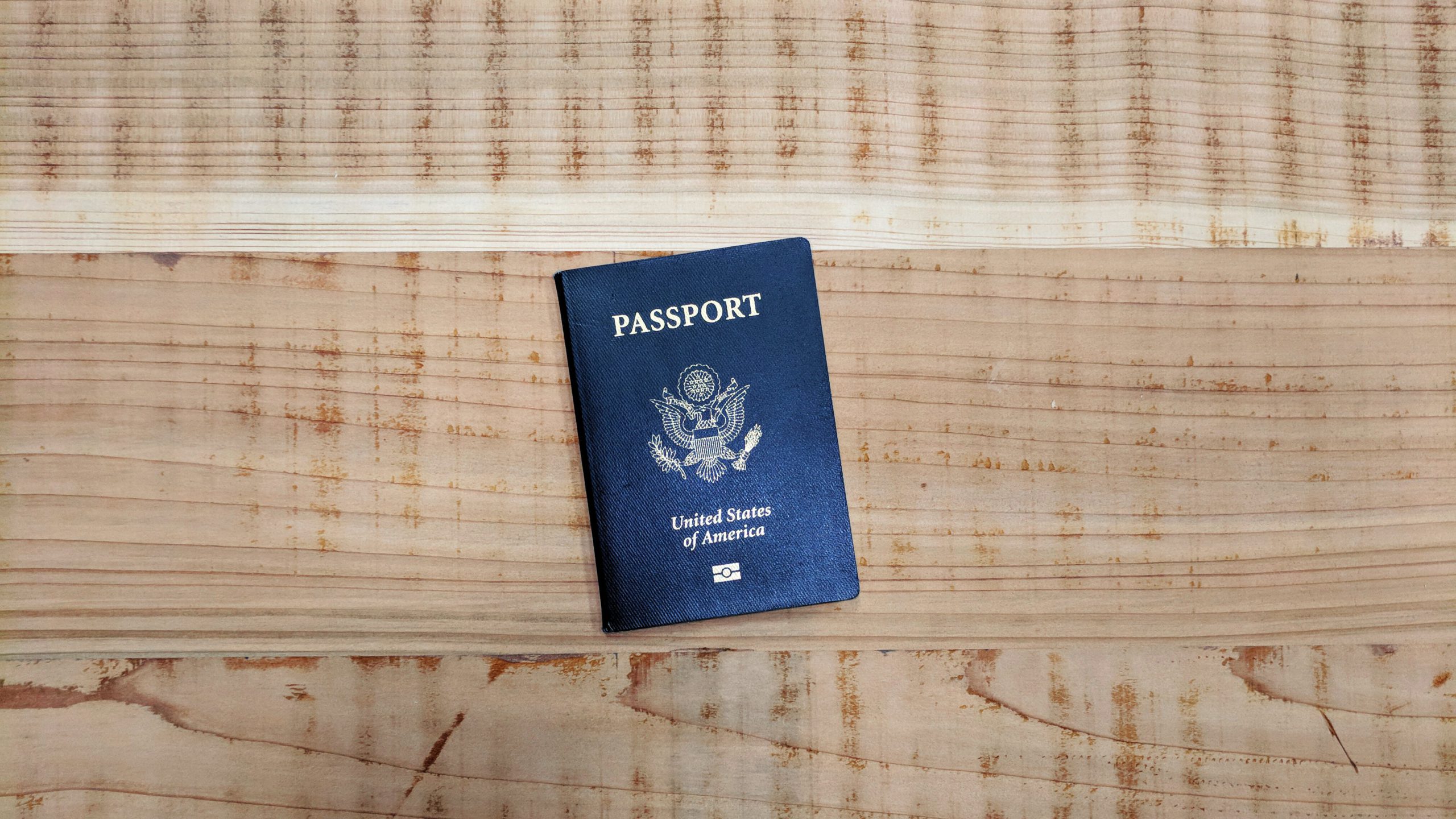HOW CAN I SPONSOR AN H1-B VISA?
Hiring talent from another country requires you to sponsor them to legally live and work in the United States. Here’s how you can sponsor an individual to work for your company.

Sometimes, the demands of your company require a specialized skill or experience. The appropriate talent for your position may not be available in the US workforce, in which case you have to consider expanding globally.
Hiring talent from another country requires you to sponsor them to legally live and work in the United States. Here’s how you can sponsor an individual to work for your company.
Important Note: Before we begin it’s extremely important to note that major changes were made to this process and take effect in 2020. We recommend that even those who have sponsored before should read this article to make sure they are up to date on these changes. Also, check out our previous blog post featuring ten things that you should know before the H1-B deadline. Yes, sponsoring an H-1B visa is a long and complex process. But it’s worth it to be patient and follow the process in detail. One way to ensure accuracy is to get the help of immigration lawyers who are experts in the subject and can take care of much of the process on your behalf. You can contact us today for a free consultation if you think you may want assistance sponsoring an H1-B visa. Now, let’s get into the steps for sponsoring an H1-B visa:1. Understand the Program
It’s important to fully understand the H1-B visa program before investing any time or money into it. Here are some key things to know about the program:
-
The US Department of Labor allows employers to hire highly-educated workers with specialized skills who are not US citizens.
-
An H1-B visa allows an individual to work for three years, with options for extending up to six years.
-
Employers are responsible for filing all paperwork on behalf of the individual and paying all fees.
-
Due to the high volume of applicants, applications are entered into a lottery in order to cap the amount of H1-B visas granted.
2. Check that the Individual Meets Requirements
There are strict requirements put in place that dictate H1-B eligibility, for both the employer and the prospective employee.
For the employer:
-
The position and equivalent positions require at least a Bachelor’s degree.
-
The Bachelor’s degree required for the position is applicable to the function of the job, or the job is unique and complex enough to require a degree.
-
The job duties are so specialized that the knowledge required could only be attained from a Bachelor’s degree.
-
No US-based individuals met the criteria for the position.
For the prospective employee:
-
The individual has completed a US-recognized Bachelor’s degree or higher from an accredited institution, or holds a foreign equivalent to a US Bachelor’s degree in the speciality field OR
-
Holds an unrestricted license, registration, or certification that allows them to practice that skill in the state of prospective employment.
-
OR has three years of work experience in the specialized field.
Since H1-B visas are only applicable to specialized positions, it’s important to make sure these criteria are met before filing a petition.
3. Determine the Rate of Pay
H1-B workers are required to receive either the prevailing wage or what the employer pays for similar positions, whichever is higher. Employers have to base this information on the best information available to them, or utilize resources like the Office of Foriegn Labor Certification’s National Prevailing Wage Center.
Employers must determine this wage before the application is filed, as it is a mandatory part of the Labor Condition Application (LCA) — more on that in a bit.
4. Notify Your US Workforce
Within the 30 days before an employer files the LCA with the Department of Labor, they are required to notify all US employees. This can be done via posting a physical notice in two conspicuous locations for ten days, or electronically.
Some employers choose to use a copy of the LCA as the notice, but that is not necessary so long as the notice includes the following information:
-
The number of H1-B non immigrants to be hired.
-
The position they are hiring for.
-
The wages.
-
The employment period.
-
The location of employment.
-
The following statement, verbatim: “Complaints alleging misrepresentation of material facts in the labor condition application and/or failure to comply with the terms of the labor condition application may be filed with any office of the Wage and Hour Division of the United States Department of Labor.”
5. NEW FOR 2020: Register Online
In December 2019, the US Citizenship and Immigration Services released an announcement that introduces a new registration process for the H1-B lottery.
Now, employers looking to file an H1-B petition must register electronically and pay a $10 registration fee for workers subject to the lottery cap. The lottery will operate on those registrations; the selected registrations will THEN go through the remainder of the petition process.
This new process will make it so only those who are selected need to go through the lengthy process of filing the complete petition and paying the associated fees.
6. Submit LCA form to the Department of Labor
Employers need to file the LCA with the Department of Labor no more than six months before the intended date of hire, to ensure all information is up to date. The LCA serves as proof that the position meets the requirements for an H1-B Visa. It also acts as an agreement that the potential employee will be paid either the prevailing wage or the same wage as comparable existing employees, and that the hire will not create conditions that adversely affect current employed workers.
The LCA is reviewed within a week, the status of which can be checked through the same iCERT system used to file the application.
7. Complete the Petition and Submit to USCIS Service Center
In the past, employers would move ahead with this step no matter what. But starting in 2020, this process is reserved for those whose electronic applications were accepted via the lottery. The complete petition includes the following:
-
Form I-907 (for premium processing)
-
Form G-28 (for attorney representation)
-
All supporting material and addendums
-
H Classification Supplement to Form I-129 and/or Free Trade Supplement
-
A table of contents for all supporting material
The petition also requires separate checks for each of the following filing fees:
-
General filing fee: $460
-
American Competitiveness and Workforce Improvement Act fee: $750 for employers with 1-25 full-time employees, $1,500 for employers with 26 or more full-time employees
-
Fraud prevention and detection fee: $500
-
Public Law 114-113: $4,000 for employers who employ more than 50 employees in the United States and more than 50% are H1-B or L-1 status
-
Premium processing service fee $1,440 (as of December 2, 2019) for those seeking expedited processing
It’s important to check that this petition is completed correctly, as it will be rejected if it’s not.
8. Have Prospective Worker Follow Finish the Process
Employers will be notified of Form I-129 petition approvals via a Form I-797 Notice of Action. Once received, the H1-B employee can use a copy of that notice to apply for an official H1-B visa through the US Department of State at a US embassy or consulate. Then, he or she must also apply to the US Customs and Border Protection for admission to the US via H-1B classification.
Once those steps are complete, the employer can follow normal hiring procedures.
Not sure which option is right for you? Request a confidential consultation today.

